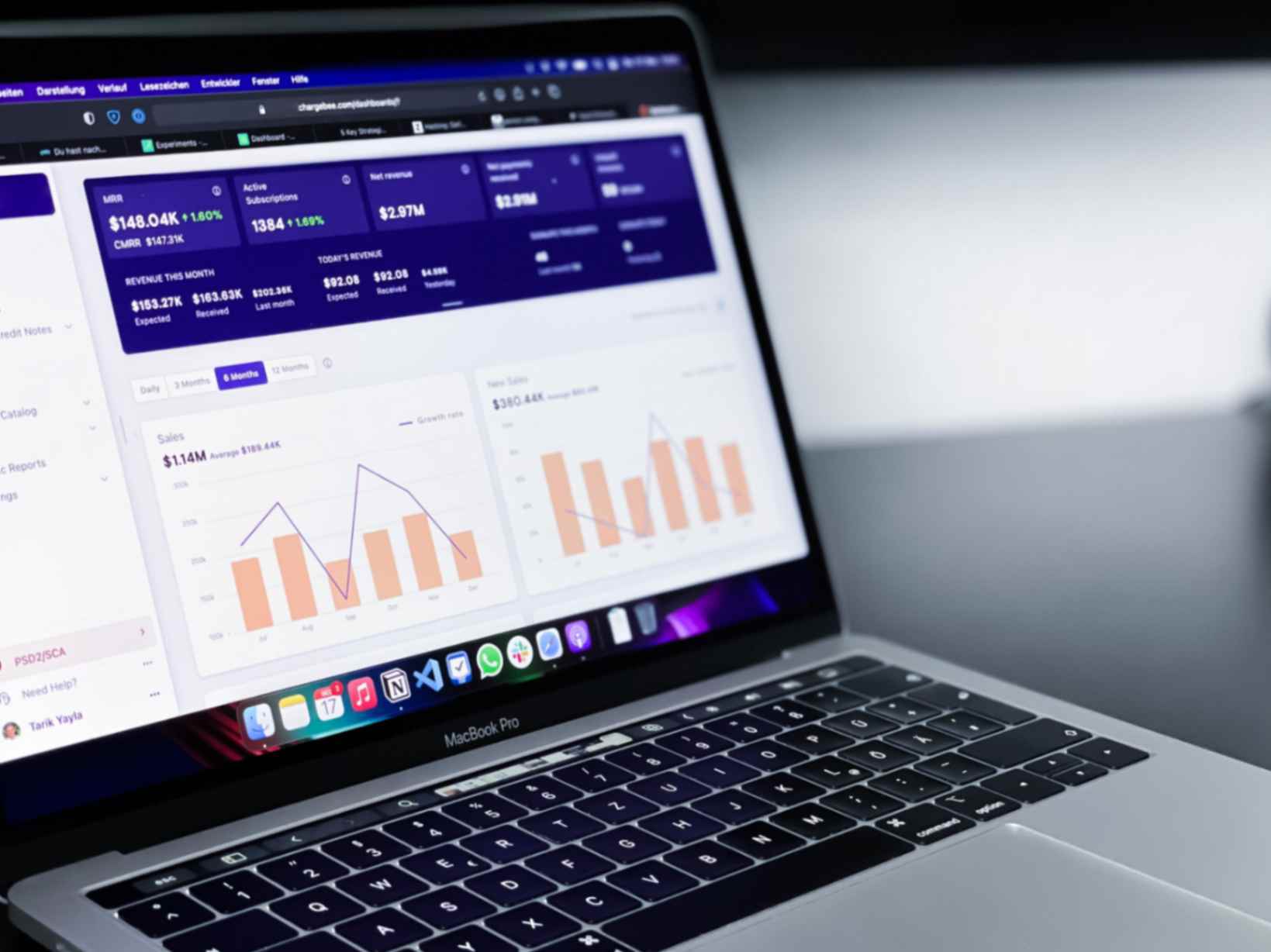What is UTM in QR Codes?
Jonathan Palley
Sep 26, 2023
Imagine you've placed QR codes on your products, marketing materials or Shopify store. People are scanning them, but do you know how effective they are? Are they converting into sales or just leading to dead ends?
This is where the QR Code Generator Hub app’s tracking feature becomes essential. It helps you gather insights into your QR code performance, such as the number of scans, where those scans are coming from, and whether they are translating into sales or conversions.
The Power of UTM Parameters
So, what are UTM parameters, and how do they fit into QR code tracking?
UTM stands for Urchin Tracking Module. These are small bits of code that you add to the URLs behind your QR codes. When someone scans your QR code and visits your website, the UTM parameters help Google Analytics identify the source of that traffic.
Simply put, UTM parameters are like labels that tell you where your QR code was scanned. They can include information such as:
- the source (where the QR code was displayed),
- the medium (the type of QR code),
- and the campaign (the specific promotion).
This level of detail is gold for marketers as it lets you know which of your QR code strategies are working best.
Integrating QR Codes with Google Analytics
One of the fantastic things about UTM parameters is how they integrate seamlessly with Google Analytics. This integration allows you to see QR code scans as distinct campaigns in your analytics dashboard. You can track not only the number of scans but also how these scans relate to your website's performance, such as bounce rates, conversion rates, and revenue generated.
To get started, enable UTM attribution tracking when creating dynamic QR codes with the QR Code Generator Hub app. This ensures that each scan is recorded accurately in Google Analytics. It's like putting your QR codes on the radar of your analytics tool, allowing you to measure their impact effectively.
Tips for Improving QR Code Conversion Rates
As you explore the world of QR code marketing and tracking, don't just focus on UTM parameters. There are numerous strategies to boost your QR code conversion rates while also combining data from Google Analytics. Listed below are some tips that you can follow:
- A/B Testing: Implement A/B testing to assess different elements of your QR code campaigns. Experiment with variations in content, call-to-action messages, and landing pages to determine what resonates best with your audience.
- Design Optimization: Pay attention to the design of your QR codes. Ensure they are easily scannable by choosing appropriate colors, contrast, and error correction levels. An aesthetically pleasing QR code can attract more scans.
- Clear Call-to-Action: Include a clear and compelling call-to-action (CTA) near the QR code. Inform users about the value they'll receive by scanning it, whether it's a discount, exclusive content, or more information.
- Strategic Placement: Carefully consider the physical placement of your QR codes. They should be visible and accessible to your target audience. Ideal locations could include product packaging, posters, or menus.
- Mobile Optimization: Optimize the landing pages linked to your QR codes for mobile devices. Ensure that the content is responsive and loads quickly on smartphones, as most users will scan QR codes with their mobile devices.
By implementing these tips, you can enhance the effectiveness of your QR code campaigns and increase conversion rates.
Conclusion
Dynamic QR codes are crucial for utilizing UTM parameters effectively in QR code tracking. These QR codes, unlike static ones, offer the unique ability to change their content post-printing. This adaptability is pivotal because it enables you to use the same physical QR code across various campaigns, each with its distinct UTM parameters.
By customizing dynamic QR codes for different promotions, locations, or products, you maintain consistency in your physical marketing materials while tailoring the digital tracking to suit your specific needs. This not only streamlines your marketing efforts but also provides a wealth of tracking insights, making it easier to discern which campaigns are performing best.



